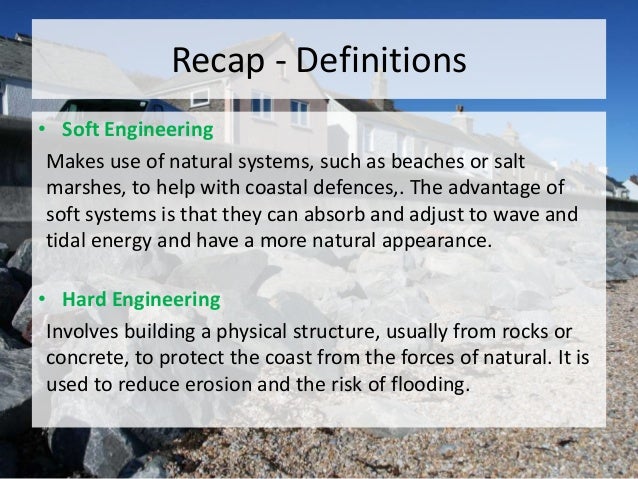Dune Regeneration Soft Engineering

Naturally occurring sand dunes are wind-formed sand deposits representing a store of sediment in the zone just landward of normal high tides (French, 2001). Artificial dunes are engineered structures created to mimic the functioning of natural dunes. Dune rehabilitation refers to the restoration of natural or artificial dunes from a more impaired, to a less impaired or unimpaired state of overall function, in order to gain the greatest coastal protection benefits.

Sand Dune Regeneration; Hard Engineering. Sand Dune Regeneration. Silverfast Ai Studio 8 Scanner Crack. Because it’s very difficult to protect a soft dunes from high tide. Soft engineering is sometimes described as ‘working with nature’ to protect the coastline. Dune Creation and Regeneration. Managed Retreat and Realignment. Start studying The Coastal Zone. Learn vocabulary. Soft engineering approaches try to blend with the natural coastline and. Dune regeneration, and marsh. Beach Nourishment - Can kill other wildlife, very expensive and has to be repeated Dune regeneration - limited to small areas and nourishment is expensive Marsh.
Artificial dune construction and dune rehabilitation are technologies aimed at reducing both coastal erosion and flooding in adjacent coastal lowlands. The description of this technology originates from Linham and Nicholls (2010). Dunes naturally occur along most undeveloped, sandy coastlines. Ice Age Four on this page. A typical example is shown in Figure 1.
Where they are present, their coastal defence role is two-fold: 1) They represent a barrier between the sea and land, in a similar way to a seawall 2) Dunes are ‘dynamic’, i.e. The dune/beach system interacts a great deal and is constantly undergoing small adjustments in response to changes in wind and wave climate or sea level. As such, dunes are able to supply sediment to the beach when it is needed in times of erosion, or store it when it is not (French, 2001). Figure 1: Coastal sand dunes at Aberffraw, Anglesey, UK (Source: Courtesy of David Rayner, Wikimedia Commons) Clearly natural sand dunes are an effective defence against coastal flooding and erosion.
However, a problem arises in that wide, sandy beaches – the environment where most sand dunes occur – are highly appealing for development. As such, natural sand dunes are in decline. Coupled with an increased chance of dune erosion caused by SLR and more energetic wave climates, sand dunes are at risk. The importance of dunes in coastal protection has now been recognised however, and the construction of artificial dunes and rehabilitation of existing ones are potential technologies for adapting to climate change in the coastal zone. At its simplest, artificial dune construction involves the placement of sediment from dredged sources on the beach. This is followed by reshaping of these deposits into dunes using bulldozers or other means. As a result, dune construction is most frequently carried out at the same time as beach nourishment, because sand is readily available.
There are a number of methods of dune rehabilitation. One such method is to build fences on the seaward side of an existing dune to trap sand and help stabilise any bare sand surfaces (USACE, 2003). This method can also be used to promote dune growth after a structure has been created using bulldozers (Nordstrom & Arens, 1998). Natural materials such as branches or reed stakes are commonly used for fence construction, because they break down once they have accomplished their sand-trapping objective (Nordstrom & Arens, 1998).
Sbk 09 Superbike World Championship Game. Alternatively, vegetation planting may be used to stabilise natural or artificial dunes. This promotes the accumulation of sand from wind-blown sources around their stems – over time, this causes dune growth. Planting can be achieved by transplanting vegetative units from nursery stocks or nearby intact dunes (USACE, 2003). It can be undertaken at the community level using widely available tools.